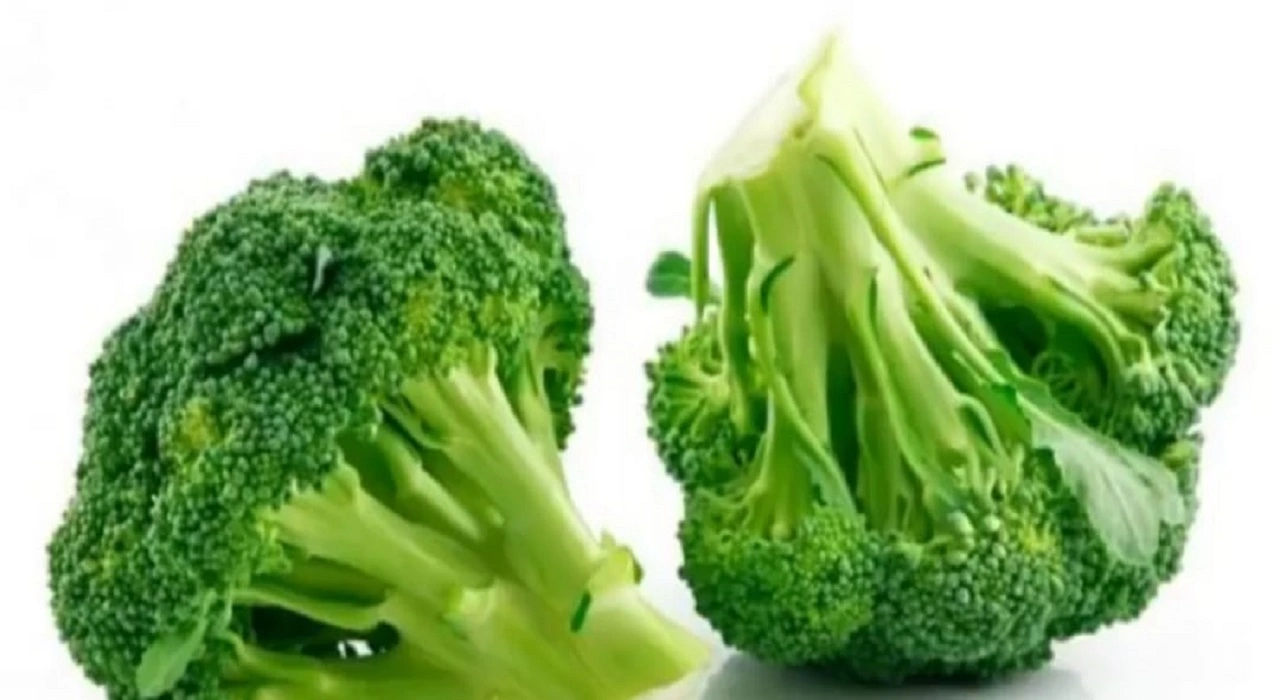Introduction
Broccoli is often called a superfood and for good reason. This green vegetable is packed with essential nutrients that offer many health benefits. Whether you steam it, roast it, or toss it into a salad, broccoli is a versatile and tasty addition to any diet. In this blog post, we’ll explore the top benefits of broccoli, its nutritional profile, and how you can easily include it in your daily meals.
What Is Broccoli?
Broccoli is a green vegetable that belongs to the cruciferous family, which also includes cauliflower, kale, and Brussels sprouts. It is known for its tree like shape and slightly bitter taste. This vegetable is low in calories but rich in vitamins, minerals, and fiber.
Brassica oleracea can be eaten raw or cooked and is often considered one of the healthiest vegetables available. Its health benefits are linked to its high levels of antioxidants, fiber, and plant compounds.

Nutritional Value of Broccoli
A 100-gram serving of raw Brassica oleracea contains:
- Calories: 34
- Protein: 2.8 grams
- Carbohydrates: 6.6 grams
- Fiber: 2.6 grams
- Vitamin C: 89% of the Daily Value (DV)
- Vitamin K: 116% of the DV
- Folate: 15% of the DV
- Potassium: 316 mg
These nutrients make broccoli an excellent food for people of all ages. It’s especially good for supporting immunity, bone health, and digestion.
Top 10 Health Benefits of Broccoli
1. Boosts Immunity
Thanks to its high vitamin C content, Brassica oleracea helps strengthen the immune system. Regular consumption can help your body fight off colds and other infections.
2. Supports Digestive Health
Brassica oleracea is rich in dietary fiber, which promotes smooth digestion and prevents constipation. Fiber also feeds good gut bacteria, supporting overall gut health.
3. Reduces Inflammation
Brassica oleracea contains antioxidants and anti-inflammatory compounds that may help reduce inflammation in the body. This makes it beneficial for people with arthritis or chronic pain.
4. Promotes Heart Health
Broccoli may support a healthy heart by lowering cholesterol levels and improving blood vessel function. The fiber in broccoli helps remove excess cholesterol from the body.
5. Strengthens Bones
Vitamin K and calcium, both found in Brassica oleracea, are essential for strong bones. Regular intake may help prevent bone-related conditions like osteoporosis.
6. Helps Detoxify the Body
Brassica oleracea contains glucoraphanin, a compound that helps the body detox by activating enzymes that eliminate harmful substances.
7. Supports Eye Health
Brassica oleracea contains beta-carotene, lutein, and zeaxanthin nutrients that are good for eye health. They may protect against age-related eye problems like cataracts and macular degeneration.
8. May Aid in Weight Loss
Low in calories and high in fiber, Brassica oleracea helps you feel full longer. It’s an excellent food choice for people trying to lose or maintain weight.
9. May Reduce Cancer Risk
Several studies have suggested that compounds in brassica oleracea may help prevent certain types of cancer, including breast, prostate, and colon cancers. These effects are believed to come from its high content of antioxidants and sulfur-containing compounds.
10. Regulates Blood Sugar
Brassica oleracea may help control blood sugar levels, especially in people with diabetes. The fiber and antioxidants in brassica oleracea work together to keep blood sugar stable.
How to Include Broccoli in Your Diet
There are many simple and delicious ways to add brassica oleracea to your meals:
- Steamed broccoli with a sprinkle of salt and pepper
- Stir-fried brassica oleracea with garlic and soy sauce
- Broccoli soup blended with carrots and onions
- Roasted brassica oleracea with olive oil and lemon juice
- Raw brassica oleracea with a healthy dip like hummus or yogurt dressing
- Broccoli salad mixed with quinoa, nuts, and fresh veggies
Don’t overcook brassica oleracea, as it can lose some of its nutrients. Light steaming or sautéing is best to preserve its health benefits.
Broccoli for Kids
Getting kids to eat vegetables can be challenging, but broccoli is worth the effort. Try cutting it into fun shapes, serving it with dips, or mixing it into pasta or rice dishes. Brassica oleracea provides growing children with essential vitamins and minerals they need for healthy development.
Broccoli Side Effects
Although broccoli is very healthy, eating too much of it can cause gas or bloating in some people due to its fiber content. If you’re new to eating broccoli, start with small amounts and increase gradually.
People taking blood-thinning medications should also talk to their doctor before eating large quantities of brassica oleracea, as it’s high in vitamin K, which affects blood clotting.
Conclusion
Brassica oleracea is a powerful vegetable loaded with nutrients and health benefits. From supporting your immune system to reducing your risk of chronic disease, it deserves a regular spot on your plate. Easy to cook and even easier to enjoy, broccoli can make your meals healthier and tastier at the same time.
So, next time you’re shopping for vegetables, don’t forget to pick up some fresh broccoli!
Frequently Asked Questions (FAQ)
Q1. Is it better to eat brassica oleracea raw or cooked?
Both forms have benefits. Raw brassica oleracea retains more vitamin C, while cooked broccoli offers easier digestion and increased availability of some antioxidants.
Q2. Can I eat broccoli every day?
Yes, it’s safe for most people to eat brassica oleracea daily. Just make sure to eat a balanced diet with a variety of vegetables.
Q3. Is brassica oleracea good for weight loss?
Absolutely. Brassica oleracea is low in calories and high in fiber, making it a great choice for anyone trying to lose weight.
Q4. Does brassica oleracea help with detoxification?
Yes. Compounds like glucoraphanin help your liver detoxify harmful substances more efficiently.
Q5. What is the best way to cook brassica oleracea to keep nutrients?
Steaming or lightly sautéing brassica oleracea helps preserve most of its nutrients compared to boiling.